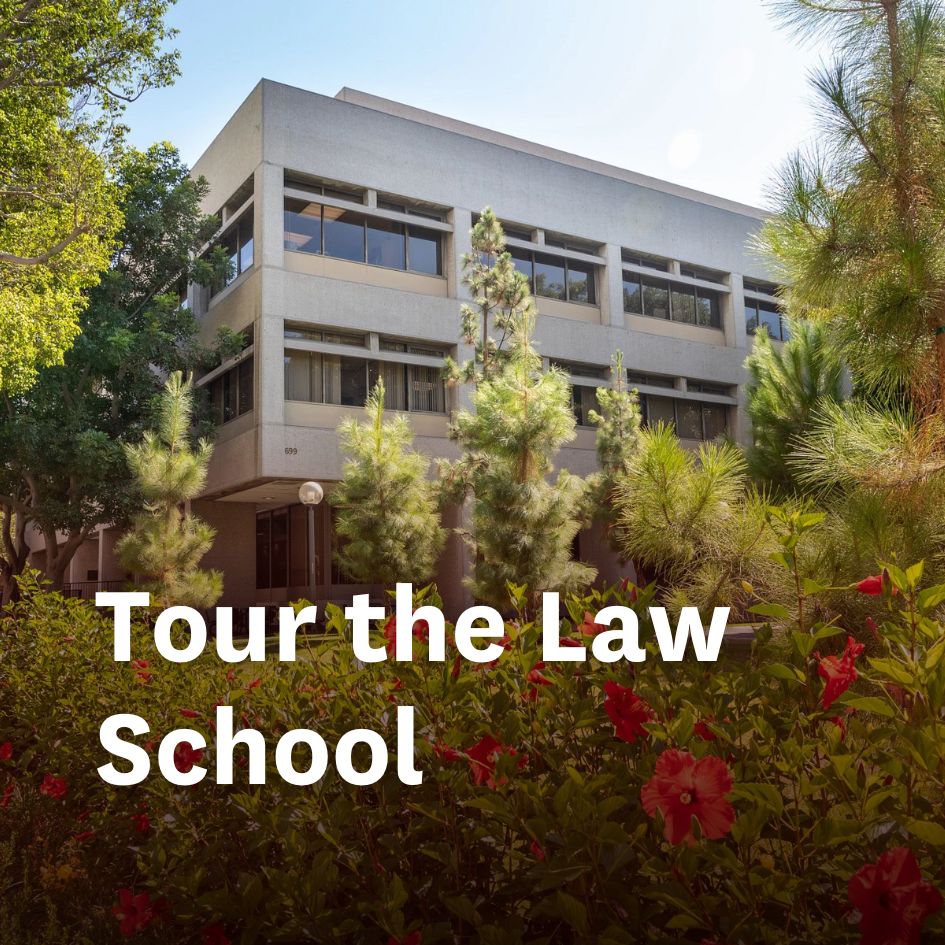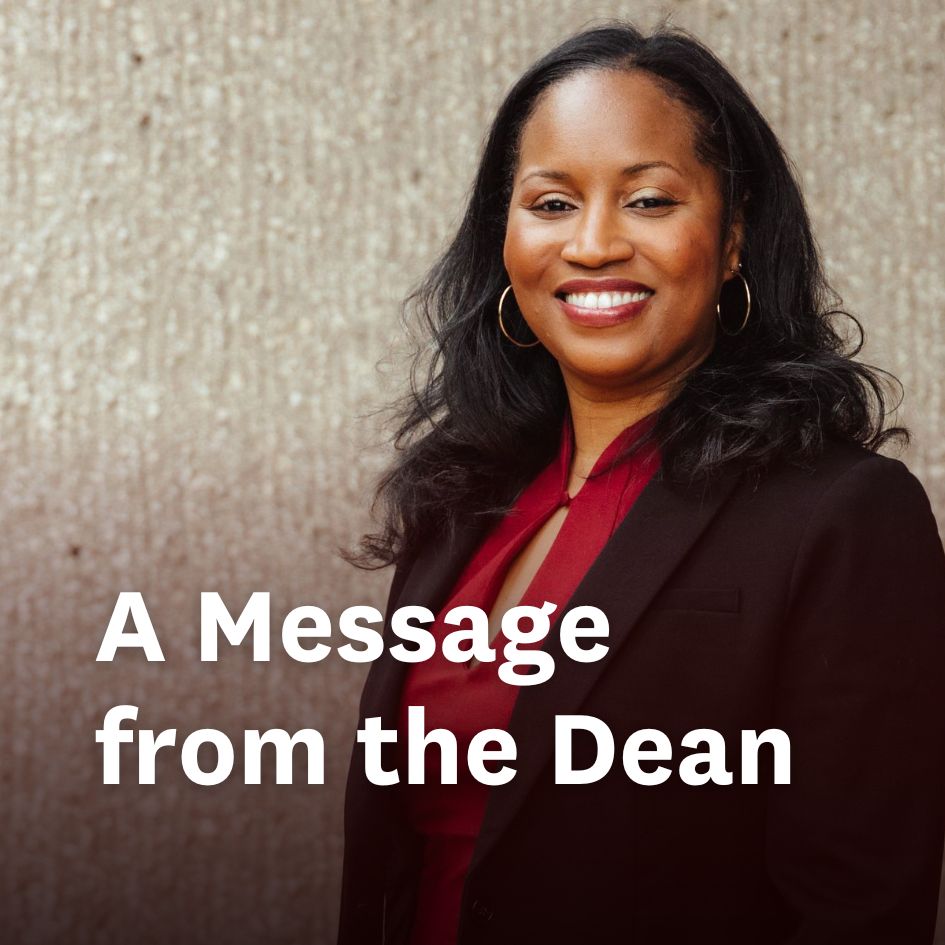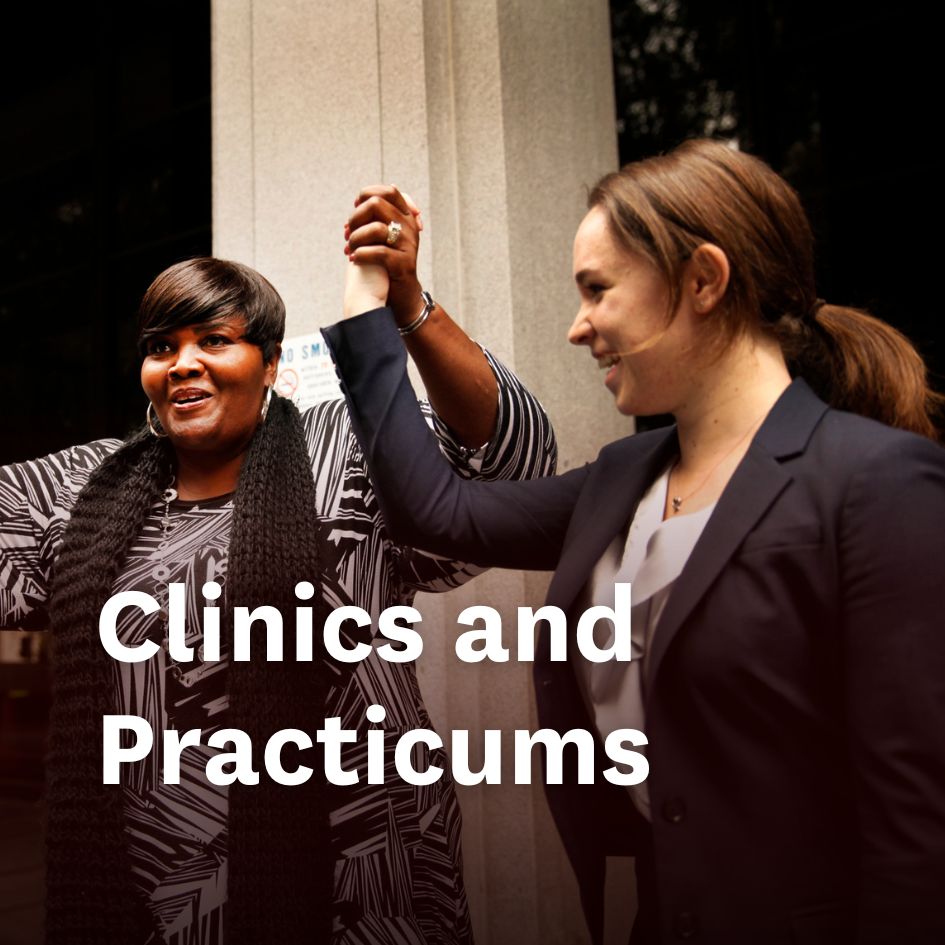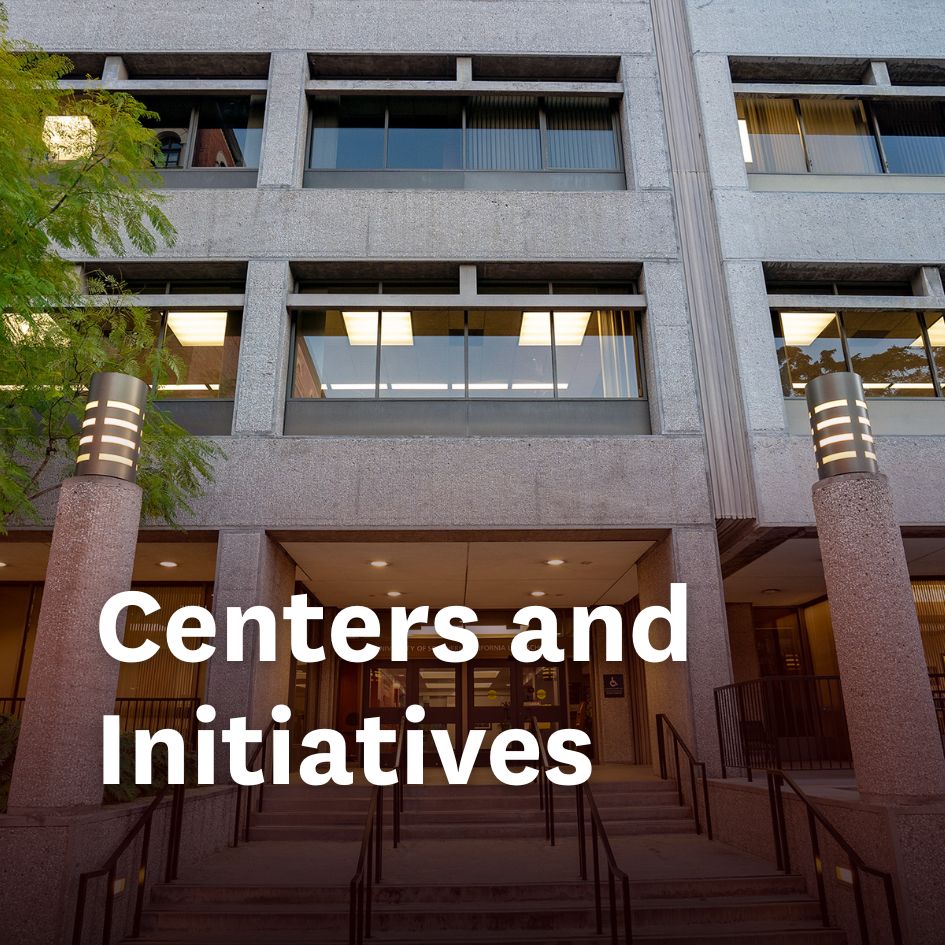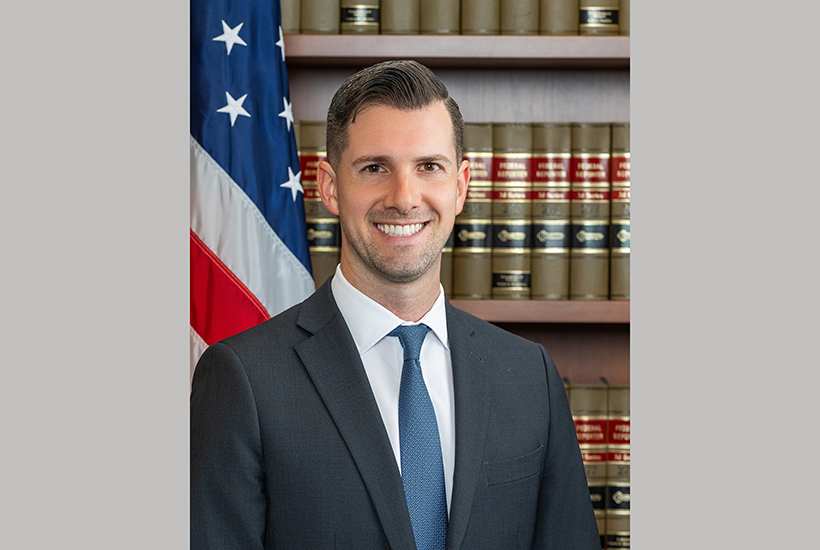Nearly a dozen nationally respected mental health experts gathered at USC Law recently to debate and discuss the ethical, practical and legal implications of mechanically restraining people with mental illness.
Elyn Saks, founder and director of USC Law’s Saks Institute for Mental Health Law, Policy, and Ethics, and a recipient of a 2009 MacArthur Foundation “genius grant,” organized the two-day conference held at USC Law on April 22 and 23.
“Mechanical restraints are an issue that consumers of mental health services care about a lot,” said Saks. “Restraints raise difficult and interesting issues around human dignity and autonomy on the one hand, and protection from violence on the other.
“Restraints are also a topic close to my own heart. Some three decades ago I spent long periods in restraints—up to 20 hours—and found the experience very traumatic. Holding this conference is a way to undo the trauma, so to speak—to put it to use to do something good.”
Moderated by Ben Carey, New York Times behavior reporter, presentations were made on several topics, including theoretical and normative issues, uses in specific populations, such as children, and restraint reduction programs that have achieved success.
In addition, a discussion was led by Phil Fennell, law professor at Cardiff University in Wales, on how treatment of the mentally ill differs in the United States and Great Britain.
“Restraints are usually something you hear about when there’s a death,” said Carey. “But what I realize now is that (restraints) are mental health. The decisions that are made in one-on-one interaction define what mental health care is for a person struggling with an illness.”
The symposium brought together scholars and professionals who are making significant contributions to restraint reduction. Several of them spoke about how their efforts led to drastic reductions in restraint use in their jurisdiction.
For example, Charles Curie’s work in Pennsylvania led to dramatic decline in restraint use in that state. In 1997, a challenge was issued to reduce or eliminate seclusion and restraint in nine state hospitals. Within three years incidences were down by 74 percent and patient hours spent in seclusion were down 96 percent.
“We took on a culture change,” said Curie, a principal with The Curie Group, LLC, a management and consulting firm specializing in working with leaders of the healthcare field, particularly in mental health and substance use. “The whole axiom of “do no harm’ guides us in everything we do… From federal agencies to state agencies to hospital directors to department heads and mental health team leaders, the greater the alignment of vision and mission, the greater chances for success.”
Robert Schopp, professor of law, psychology, and philosophy at University of Nebraska, discussed Youngberg v. Romeo(1982), a landmark United States Supreme Court case that ruled on the rights of involuntarily committed and mentally disabled patients. The justices determined that mentally ill residents who are involuntarily committed have the right to reasonably safe confinement conditions, no unreasonable body restraints and proper care.
He also presented a variety of hypothetical cases that addressed restraining patients against their will, and the impact of such practices.
“Generally speaking, I think we should not be using restraints or seclusion on people who have the capacities to make responsible decisions,” Schopp said. “To the extent (patients) lack those capacities, I think it’s still important to listen to their preference because it’s more likely to illicit cooperation.”
However, he added, if patients are dangerous to others, “Their preference is less significant than protecting others.”
Jan Costello, law professor at Loyola Law School in Los Angeles, spoke about restraining children and adolescents. Often, children view restraints as a power play by caregivers and rarely have a voice when it comes to being restrained, said Costello.
“Children are more apt to be restrained or placed in seclusion in instances where it’s not really a question of danger, but it is more about a power struggle,” Costello said. “It’s easier (to restrain them) because they are littler, and sometimes there’s a sense of parental or staff shame: you can’t make that kid do what you want them do, so you restrain them… Many programs take it as a given that part of being mentally and behaviorally healthy, and functioning in society, means being able to take orders and follow orders. The programs are run in those ways.”
Fennell, the Cardiff University professor, shared how mental health care in the United Kingdom differs from the United States. Although the United Kingdom boasts a stellar reputation for treating mentally ill patients, restraints use has not been entirely eliminated.
“In the United Kingdom, mechanical restraint is one element in the psychiatric armamentarium, alongside physical restraint, chemical restraint and seclusion,” he said. “The British preference for physical restraint over mechanical restraint is now being questioned.”
Although there were calls to ban their use in the early 1990s in England, seclusion and restraint have increased in the past couple decades in response to protecting staff and other patients.
“It is not certain whether an express legislative regime of powers and safeguards in relation to restraint is likely to be introduced in Britain, but there is a strong case for a notification requirement,” Fennell said. “The mode of regulation of using central bodies, such as the Committee for the Prevention of Torture and the Care Quality Commission, will only work effectively if each makes its visits unannounced.”
Also speaking at the conference were Keris Jan Myrick, president and CEO of Project Return Peer Support Network; Roderick Shaner, medical director, Los Angeles County Department of Mental Health; Alysa Solomon, director of Social Inclusion Los Angeles County Department of Mental Health; Kenneth Duckworth, medical director of NAMI and assistant professor of Psychiatry at Harvard Medical School; Lori Ashcraft, executive director, Recovery Opportunity Center; and Stephan Haimowitz, Burton Blatt Institute, Syracuse University.
The Saks Institute was founded in 2010 as a think tank to study issues at the intersection of law, mental health, and ethics. Each year, the Institute selects a topic to study and hold workshops on. This year’s theme was the use of mechanical restraints in psychiatry. Last fall, the Saks Institute held a Distinguished Lecturers event, where Paul Appelbaum, a professor of psychiatry, medicine and law at Columbia University, presented on coercion in psychiatry generally. Susan Stefan, a lawyer and law professor, and Kathi Stringer, an activist for people with mental illness and someone who has experienced mechanical restraints herself, discussed the legal and personal implications of mechanical restraints.


